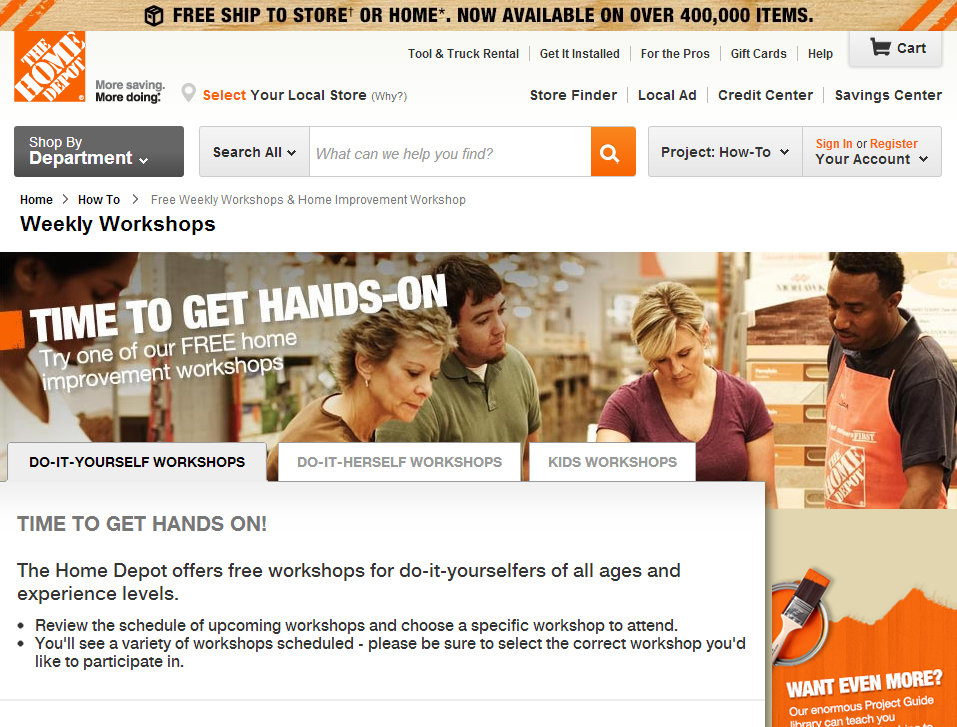 This is the fourth post in a four part series. Start at the beginning with: Whimsical Branding Obscures Apple’s Troubled Supply Chain.
This is the fourth post in a four part series. Start at the beginning with: Whimsical Branding Obscures Apple’s Troubled Supply Chain.
Despite the recent scandals regarding Apple’s business practices, it has succeeded at cultivating a brand to which we feel positive emotional attachment. In three previous posts, I showed that the company accomplishes this with commercials that associate its products with playfulness, sentimentality, and cool youthfulness. The most prominent theme, however, and I suspect the most powerful aspect of the company’s emotional branding strategy, is the hope it cultivates in each of us of who we could be by virtue of using the company’s products.
Taken together, the whole of Apple’s advertising campaigns suggest that, if we use their products, we will be our hippest, coolest, most creative, intelligent, adventurous, socially engaged, and admired selves. The idea of Apple users as standouts from the masses was introduced in the company’s first commercial that aired only once, during the 1984 Super Bowl broadcast:
In this commercial Apple attacks the “boring” IBM and its “mindless” users controlled by a televised ruler in an Orwellian dystopia. It also suggests that there is something special about the company and its products that will allow it, with the help of its customers, to change the course of history. A commodification of the counter-cultural ethos of the 1960s and ‘70s, this theme was prominent in the first few years of the company’s advertising, but went dormant during Steve Jobs’ 12-year hiatus. It was resurrected in 1997 when Jobs returned to the helm of the company. The now iconic and much revered commercial titled “The Crazy Ones” launched the company’s slogan “Think Different” into our vocabulary, and helped reposition the company, then floundering, onto its path to meteoric financial growth:
With ads like these, Apple doesn’t suggest that one will become Mahatma Ghandi, Amelia Earhart, or Pablo Picasso per se, but that daring to be different (by purchasing an Apple product) opens up the possibility for one to do great things.
This trend continues today in commercials that appeal to our desire to be valued and admired as artistically creative, culturally relevant, and intellectually engaging. Apple’s commercial for the iPhone 4S and Siri, titled “Rock God”, aired in 2012 and exemplifies this trend.
Others, like the “iPad is Amazing” commercial that introduced the device in 2010, speak to how iPad users will be intellectually, culturally, and professionally engaged and valuable people for using the device:
Commercials like these emphasize that Apple products are tools for self-development. By providing the opportunity to learn, create, and share, Apple products facilitate the expression of one’s unique, individual, and socially valued identity. In today’s digitally mediated world where social networking is the norm, the promise of such narcissistic pursuits and outcomes is a key part of Apple’s brand strategy. “Be your best 21st century you!”, recent ads seem to shout.
In this sense, Apple products offer consumers the opportunity to increase their cultural capital. Social theorist Pierre Bourdieu defined cultural capital broadly as one’s accumulated knowledge and skills. Commercials like those above for the iPhone and iPad suggest that Apple helps its customers bolster their cultural capital and raise their social standing. In a time when we are all tasked with marketing and selling ourselves to make it in the world, commercials like these amount to a message about personal and financial success. This is a powerfully seductive promise.
Is it any wonder that news of worker abuse, poisoning, and workplace suicide fails to compromise the company’s financial standing? In fact, in the immediate aftermath of negative reports about its Chinese supply chain in early 2012, Apple went on to post record sales of iPhones and iPads. Most recently, a report by China Labor Watch that documents unlawful, unsafe, and abusive work conditions at Pegatron facilities throughout China has been popularly interpreted by the tech community and mainstream journalists as exciting news that a “cheap iPhone” is on its way. As I pointed out in my first post in this series, Apple’s ability to obscure with its brand promise the environmental degredation and human rights abuses within its supply chain is commodity fetishism at both its best and its worst. Behind that beautiful fetish of aluminum and glass lies the reality of globalization.
Nicki Lisa Cole, Ph.D. is a lecturer in sociology at Pomona College. She studies the connections between consumer culture, labor, and environmental issues in global supply chains. You can follwer her at 21 Century Nomad, visit her website, and learn more about her research into Apple here.








